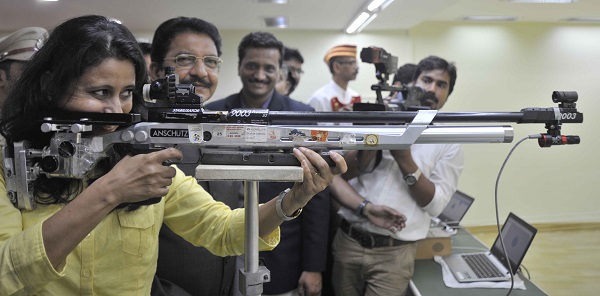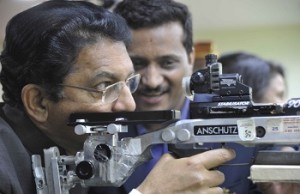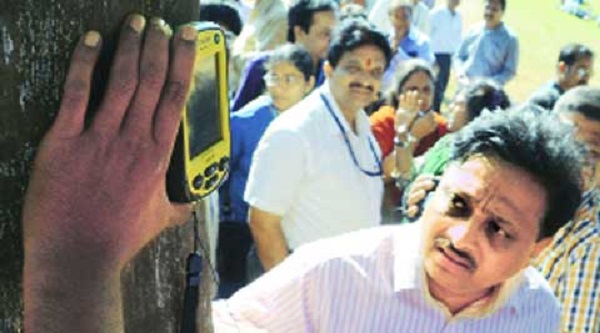It’s never too soon to teach your child the value of money and how to spend money responsibly. Here’s how.
by The Editors | editor@themetrognome.in
Kids these days are so attuned to what’s happening in the outside world, they will quickly demand some new product they see on TV, or ask for money to eat the new pizza advertised in the papers. As indulgent parents, we go along with most of our kids’ demands, but stop to ask yourself this: are you harming your child by indulging his every demand?
Instead, why not teach your child the value of proper spending? By giving them whatever they ask for, children do not learn to value money or the effort it takes you to earn it. Unless they learn these lessons, they will grow up fiscally irresponsible and suffer from reckless spending habits.
That is not to say that you clamp down on your child’s every demand and keep preaching about money to him – doing this will instil a negative connotation in the child’s mind, that money is the most important thing to possess. Here’s what you can do:
1. Be a responsible spender yourself. You have no right to preach to your child if you are a reckless spender. Nor can you tell your child to share his possessions or pocket money with a sibling or close friend if you don’t know how to share. Take the middle ground, instead. Cut the temptation to buy everything in sight when you go shopping, and make sure your child sees you shopping for household groceries and paying the household bills before making personal purchases. Let your child see you compare the labels on products and explain why you chose one product over another. This will get the child thinking that shopping must be done thoughtfully and not recklessly.
2. Ask your child to help you balance the books. Children enjoy being treated like grown-ups. The next time you list the monthly expenses in your budget book, invite your child to help you calculate the numbers with a calculator. Your child will be happy to be trusted with the calculation process, and will also learn to see numbers in a new light. Discuss simply where you overshot your expenses and where you saved up. Your child will immediately get an idea about the household budget and if you are in a position to buy him or her something new.
 3. Take your child into confidence. Too often, parents make the mistake of shielding their children from their financial troubles. They are doing so with the intention of not scaring their children and making them insecure. However, if you don’t reveal to your child that your current financial situation is slightly worrisome, he or she will have no clue why you are not increasing their pocket money despite repeated requests, or avoiding giving them money for a new mobile phone. Sit your child down and explain that you are currently facing a slight crunch. Don’t burden them with too many scary details but let them know that you are trying your best to tide over the problem. A sensitive child will even offer to help by breaking his piggy bank for you.
3. Take your child into confidence. Too often, parents make the mistake of shielding their children from their financial troubles. They are doing so with the intention of not scaring their children and making them insecure. However, if you don’t reveal to your child that your current financial situation is slightly worrisome, he or she will have no clue why you are not increasing their pocket money despite repeated requests, or avoiding giving them money for a new mobile phone. Sit your child down and explain that you are currently facing a slight crunch. Don’t burden them with too many scary details but let them know that you are trying your best to tide over the problem. A sensitive child will even offer to help by breaking his piggy bank for you.
4. Insist that your child save pocket money every month. Give your child a weekly or monthly allowance, and tell him or her that no extra money will be given in that time period under any circumstances. This automatically prompts your child to watch how he spends his money. Also inculcate the habit of saving a part of his pocket money every month. When he or she has saved a sizeable amount, give him a small treat. If he or she has been saving up to buy something, add the equivalent amount that he has saved to encourage him further.
5. Let your child earn privileges. The one thing we must take away from Western parenting is the manner in which parents in the US and UK make their children earn their pocket money by taking up small jobs. We must follow a model where if a child wants to treat his friends on his birthday, you can give him a job to do around the house and pay him per completed task. This teaches the child to help around the house. Also, encourage older children to put their talents to use to earn money – they could give tuitions to younger children, or take art and hobby classes. Let them keep the money they make, but occasionally ask them to go out and buy vegetables or a few groceries without giving them the cash for it. This will inculcate the habit to contribute to the household expenses without being selfish.
What are the ways in which you teach your child about money? Tell us in the comments section below.
(Pictures courtesy micheleborba.com, www.speakingtree.in. Images are used for representational purpose only)






